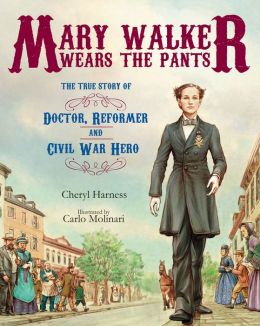It happened a few years ago, and I haven't been able to let go of it since. My friend Janet asked me over to meet her niece, Robin M. Bernstein, an anthropologist and a mom and a different-thinker who inspired me with her idea for a book she said I should write. Well, not necessarily me, I guess, but somebody. She thought it was a terrific topic with rich, deep geographic and anthropologic material to which every child could relate. The subject, in her view, had a natural fascination to kids, and would provide a service to them and their parents.
We had an enthusiastic conversation, sparking each other as we told stories from our own lives and experiences, and came up with oodles of juicy ideas for chapters, sidebars, images, and more. And when we moved on to something else for the good of the other people in the room, I promised to follow up on it.
But I haven't. I've been busy. Yes, that's true. And I did follow up, a little. I visited some websites, and browsed around on Wikipedia, and even jotted down a few bullet points. Beyond that, I didn't put anything on paper (or on computer). And yet the idea of a children's book on this subject won't leave me alone. So I'm tossing it out here to see what the community thinks, because I think I want to do it. I dibs death.
Death, not love and loss, although those would be there between the lines. Death, not grief per se. What then?
Burial Rituals. Religion? (Egad. Do I dare? ) Cemeteries? (I love cemeteries.) Things people do with people's (and pets'?) ashes.
Funeral Customs. (Geography. Anthropology. How will I ever limit things, categorize approaches, respectfully focus?)
Biology. (Oh yes. I'm the one who did a series of experiments on such diverse topics as bugs, crime, families, and garbage in which decomposition somehow -- easily! gracefully! naturally! -- made its way into every volume.)
Symbolism. You know, the Grim Reaper. (You're warming to this book now, aren't you?) St. Peter at heaven's gate.
 Commerce. You would not BELIEVE what dying costs. You would? You must know somebody who has died.
Commerce. You would not BELIEVE what dying costs. You would? You must know somebody who has died.And that's the thing. There has to be a huge market for this book, especially if it's funny. (Not on every page, surely, but there's a lot of comedy in death. Or am I just twisted?)
I think I've got a book.
I don't have a title yet. I could borrow from Taro Gomi (Everybody Poops): Everybody Dies.
Or I could do that cute thing where you borrow an adage: Kicking the Bucket.
Or how about borrowing from the advice juggernaut: What to Expect When. . .
I want to do it. I really do. Definite dibs. But tell me: would anyone want to add this to their shelf? (Besides Robin, Janet, and me?)
Illustration is from the proposed sidebar of adages and pseudonyms for the potentially forthcoming book temporarily titled Death for Kids. Can you guess the caption for each picture?
















.jpg)
